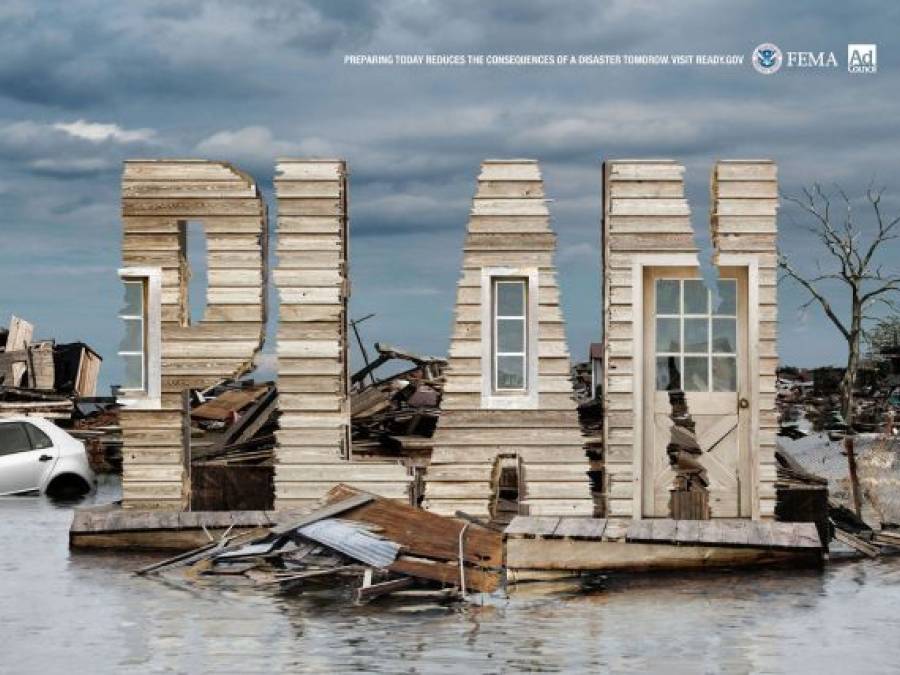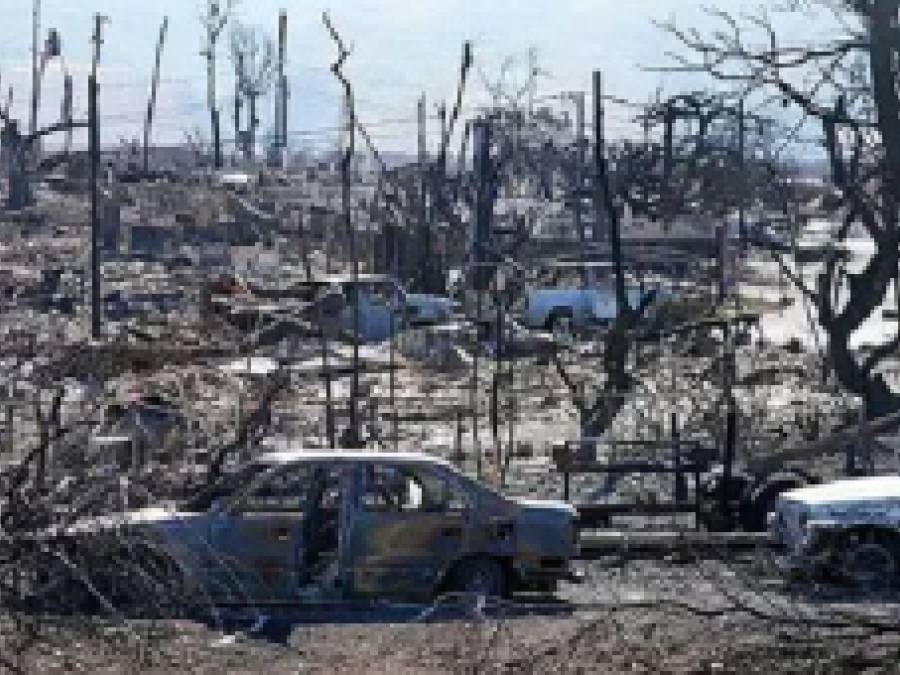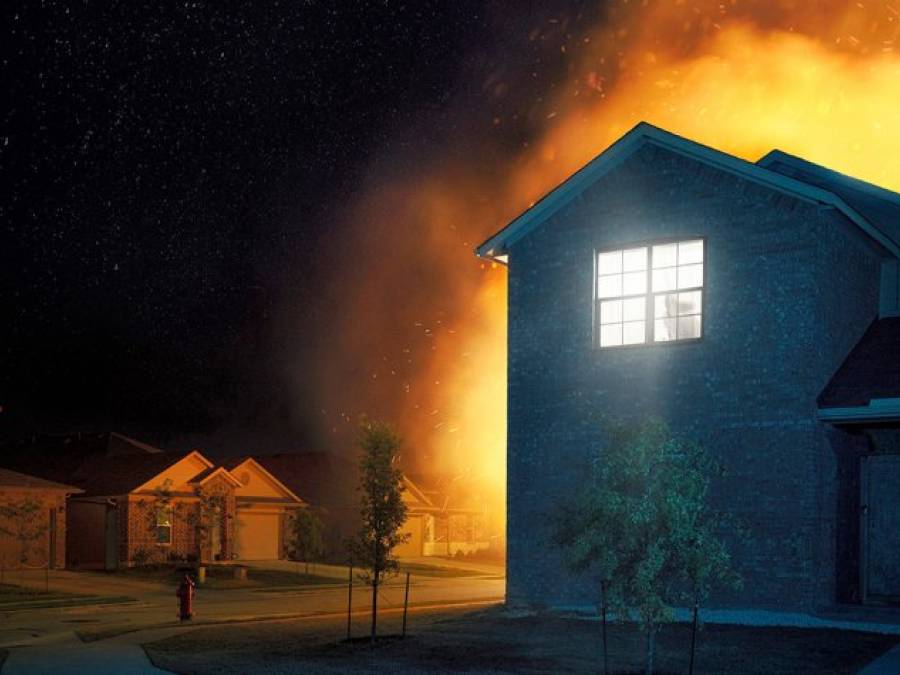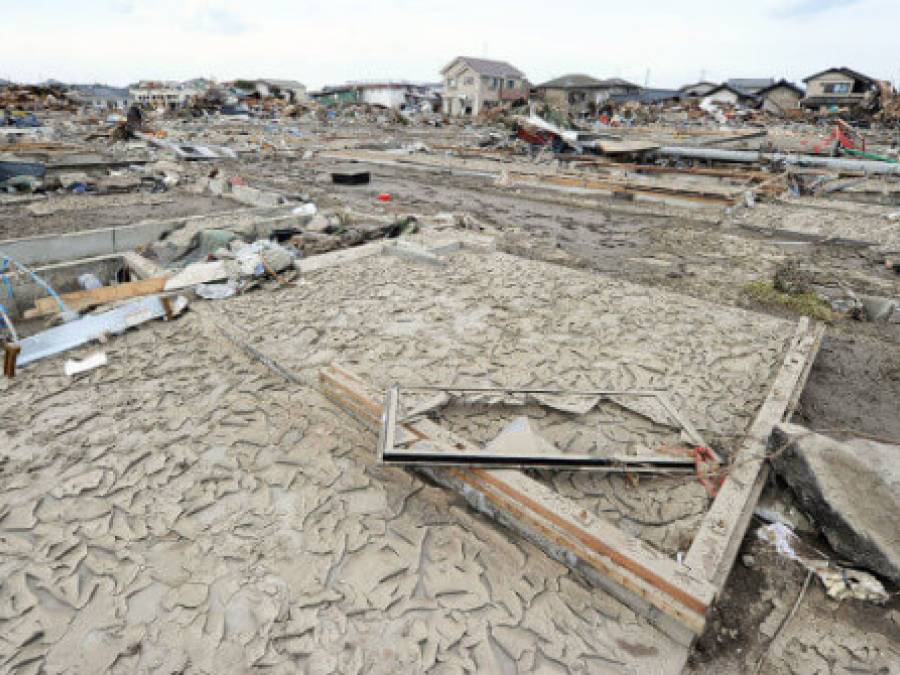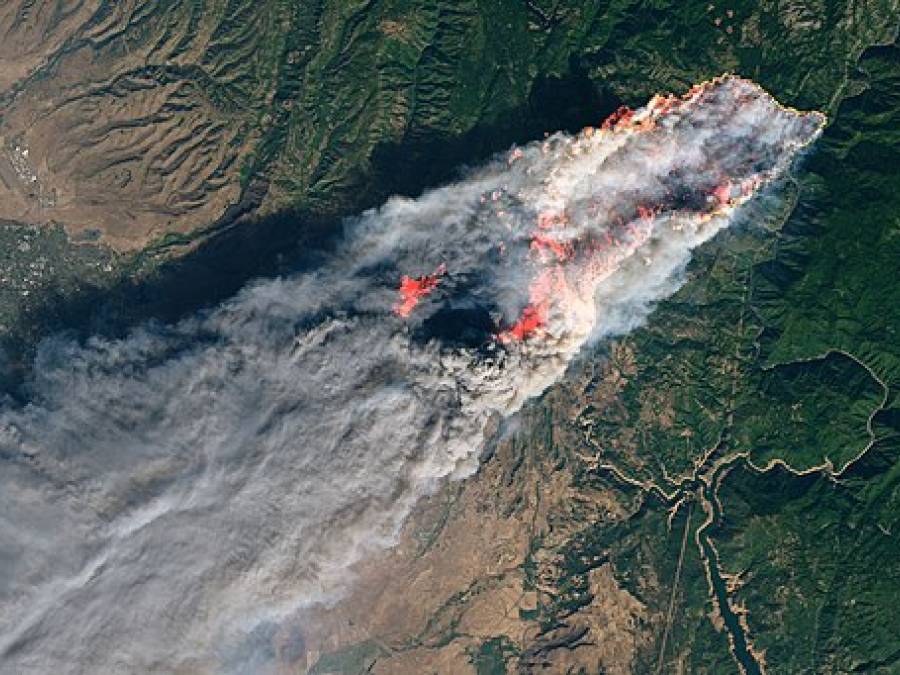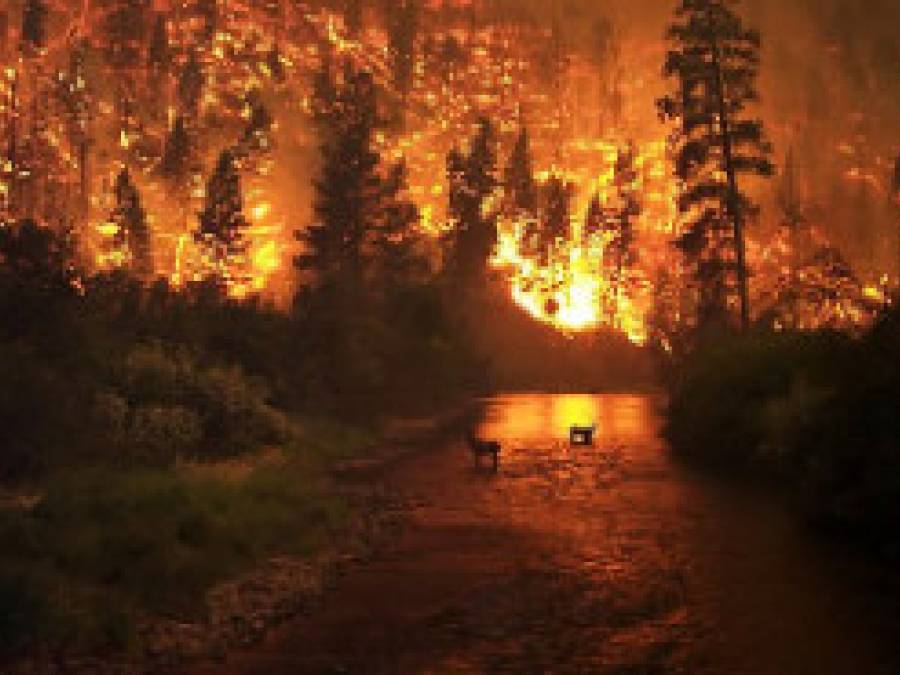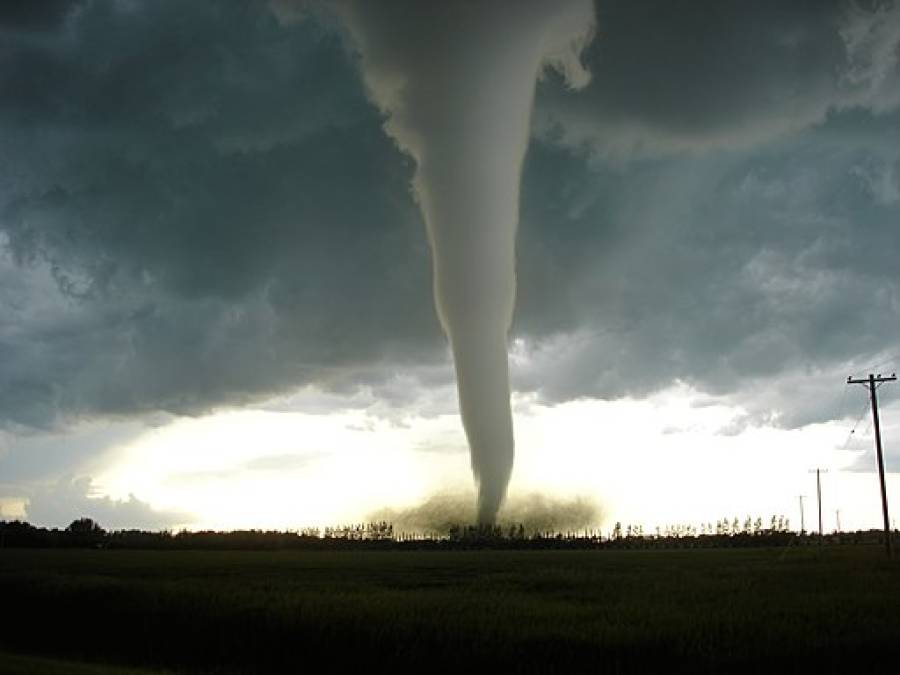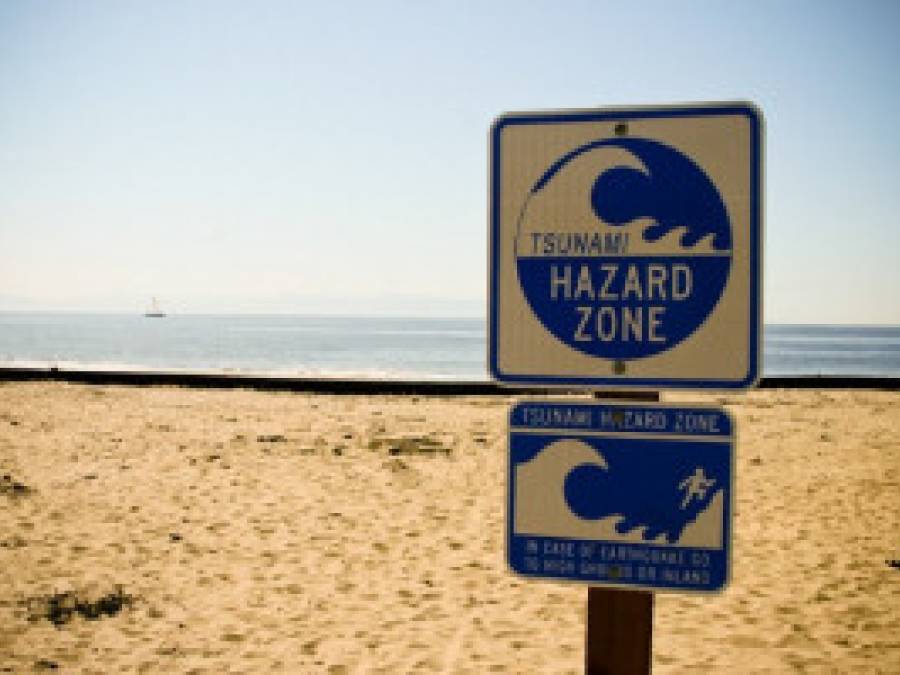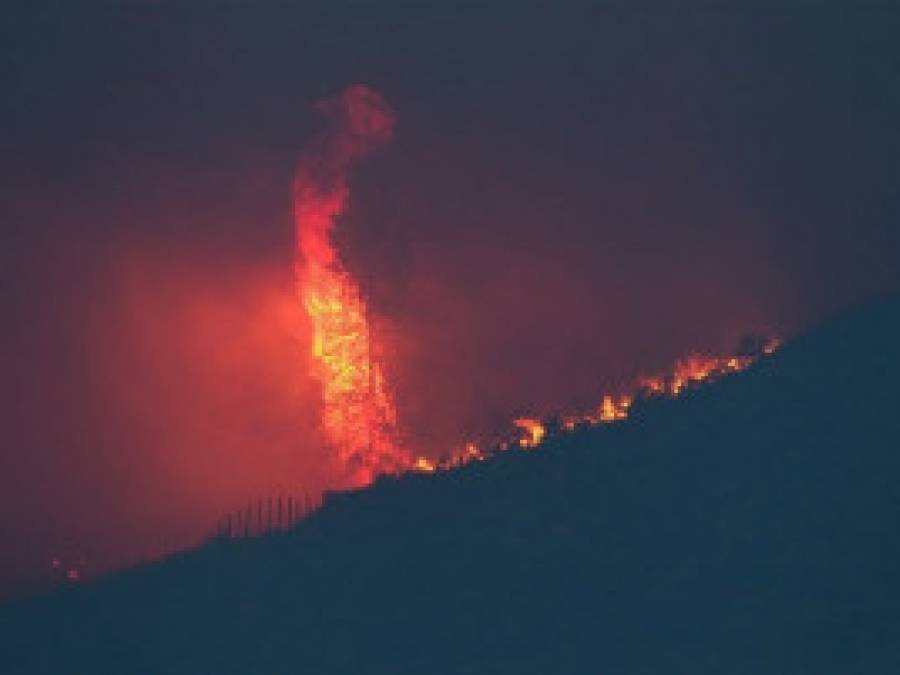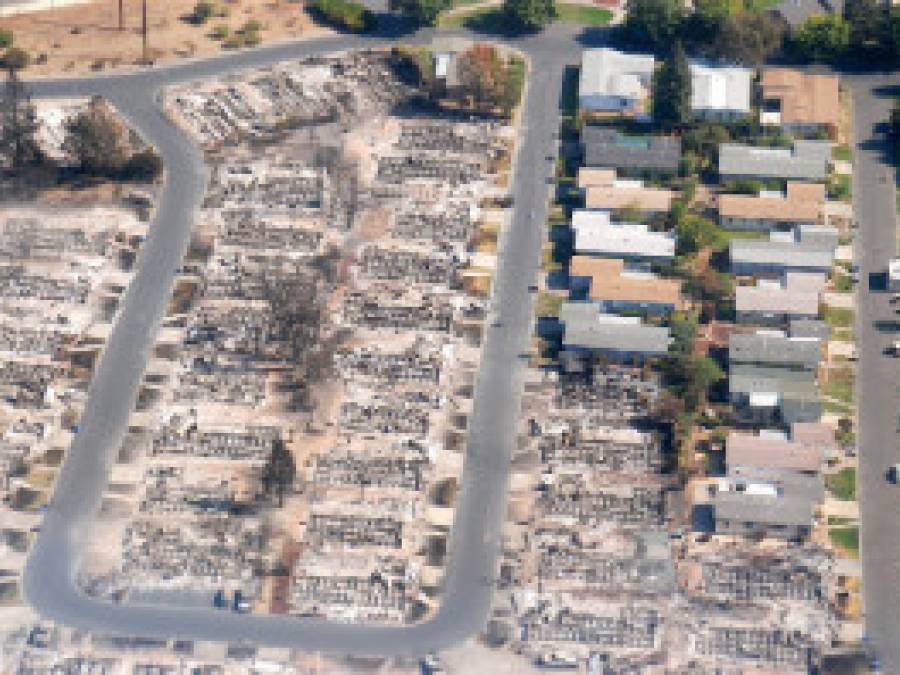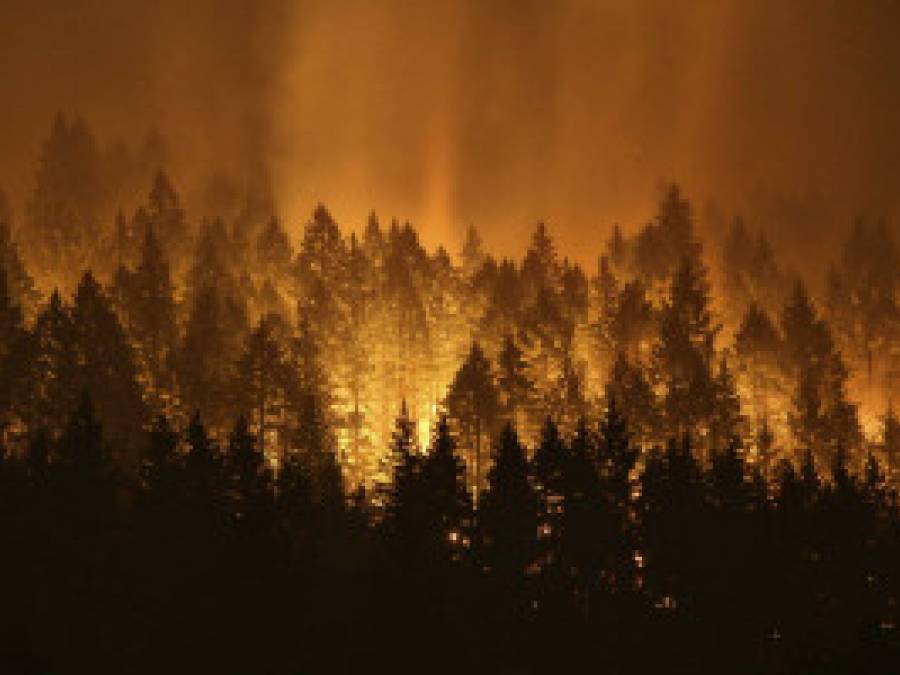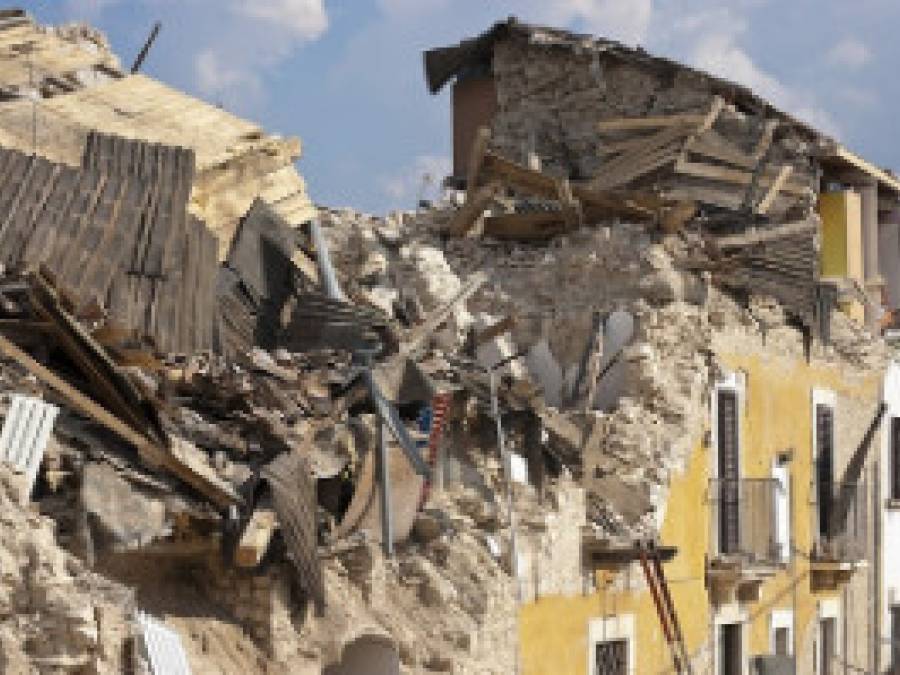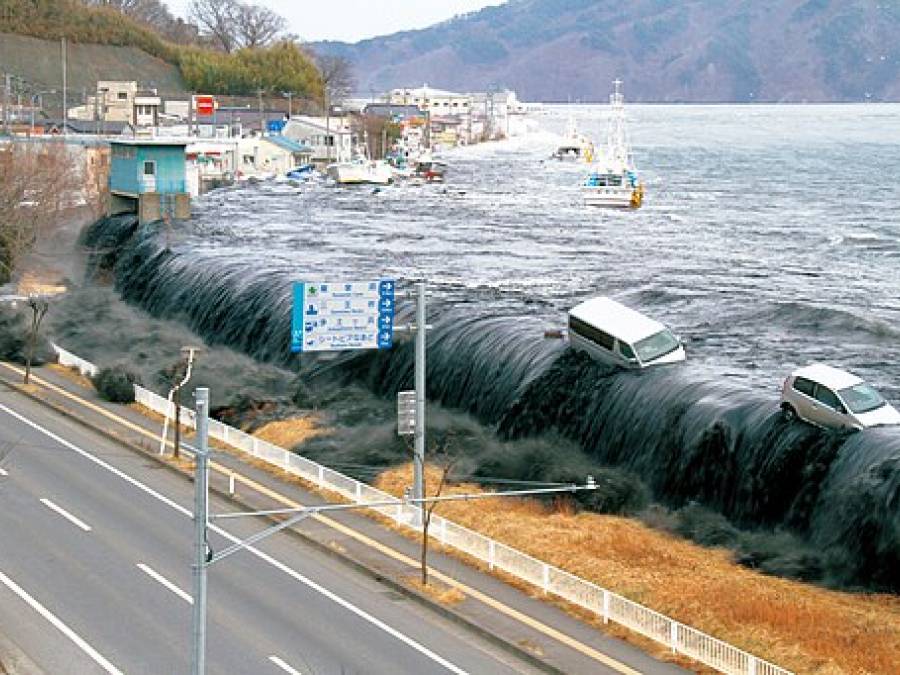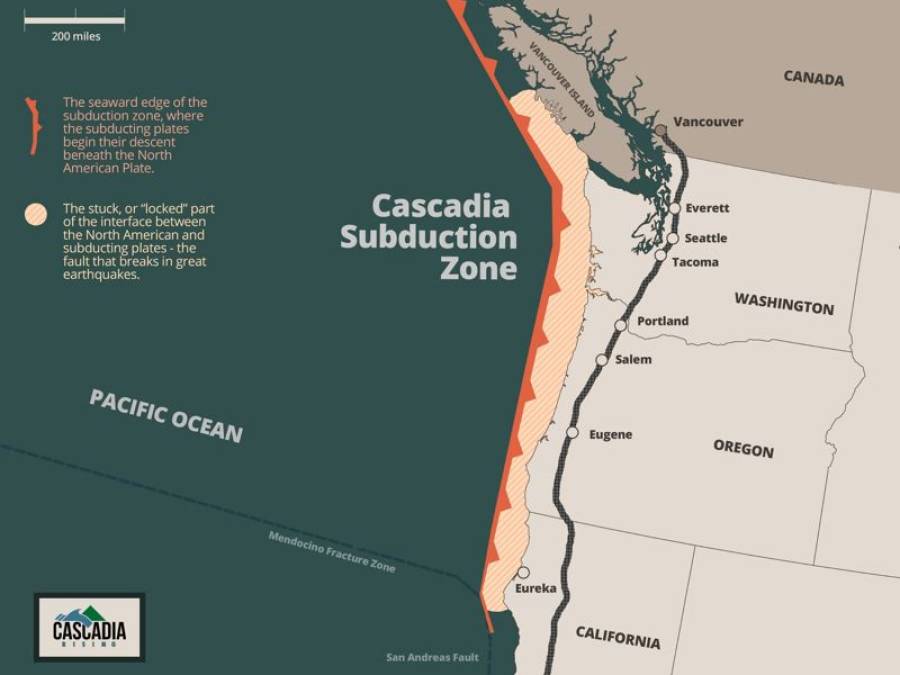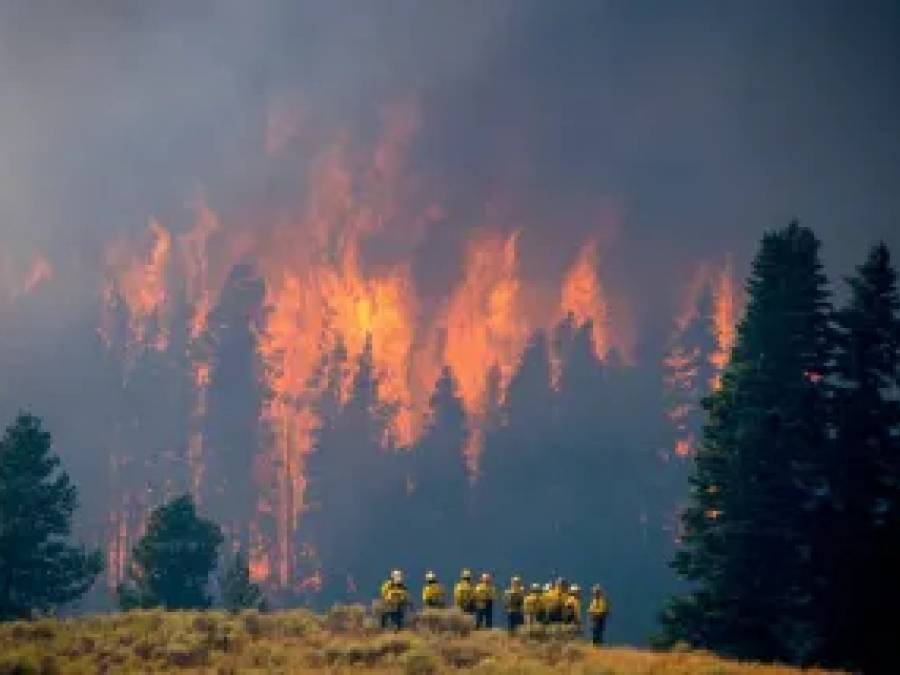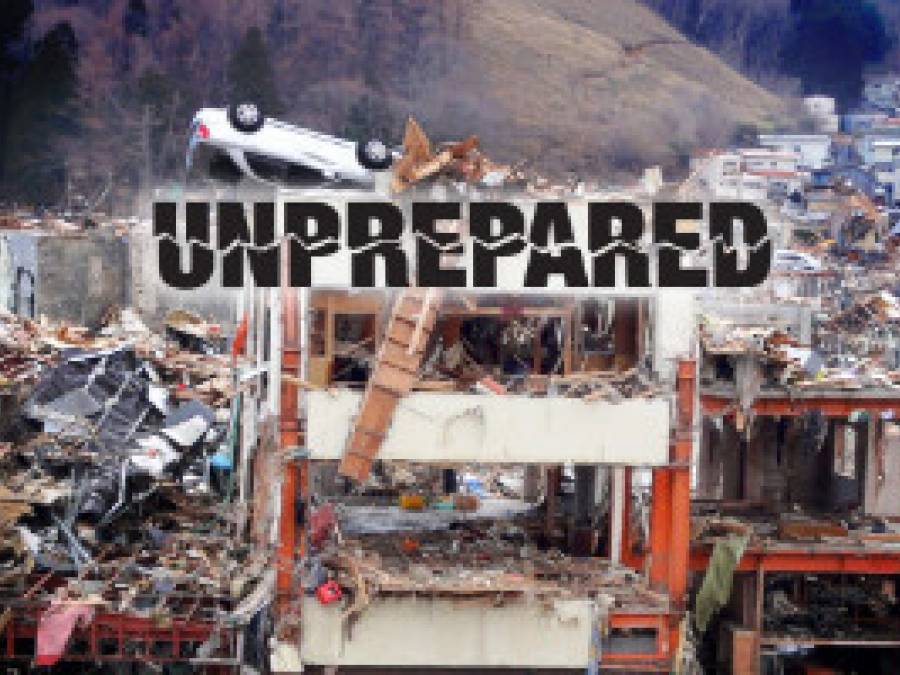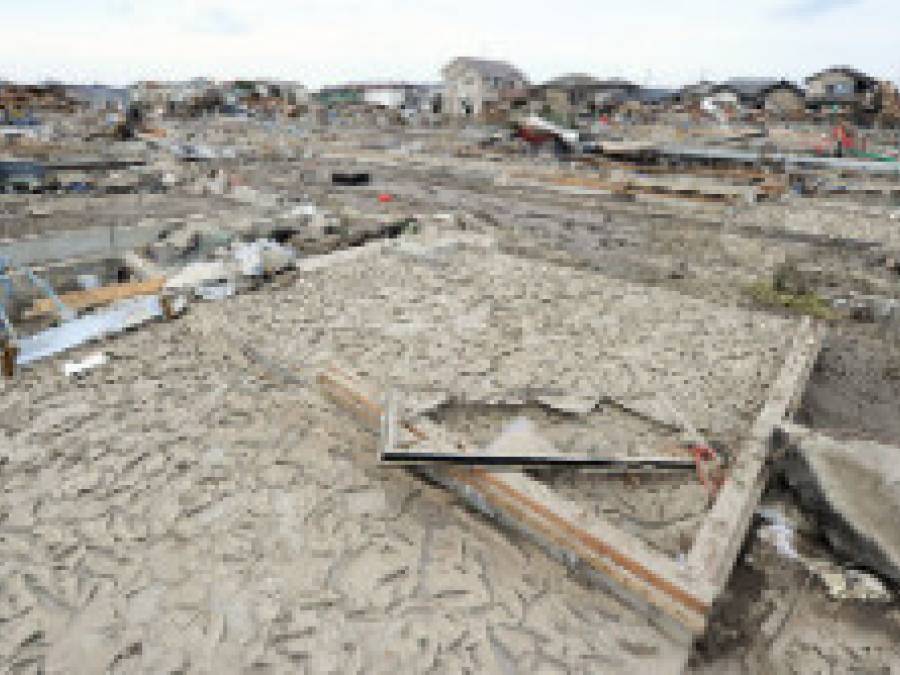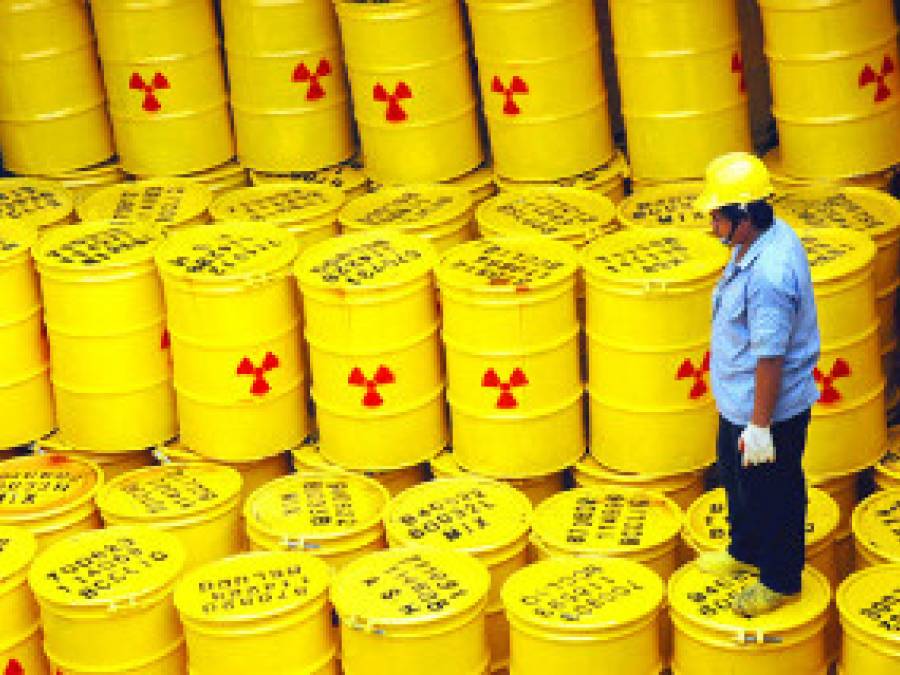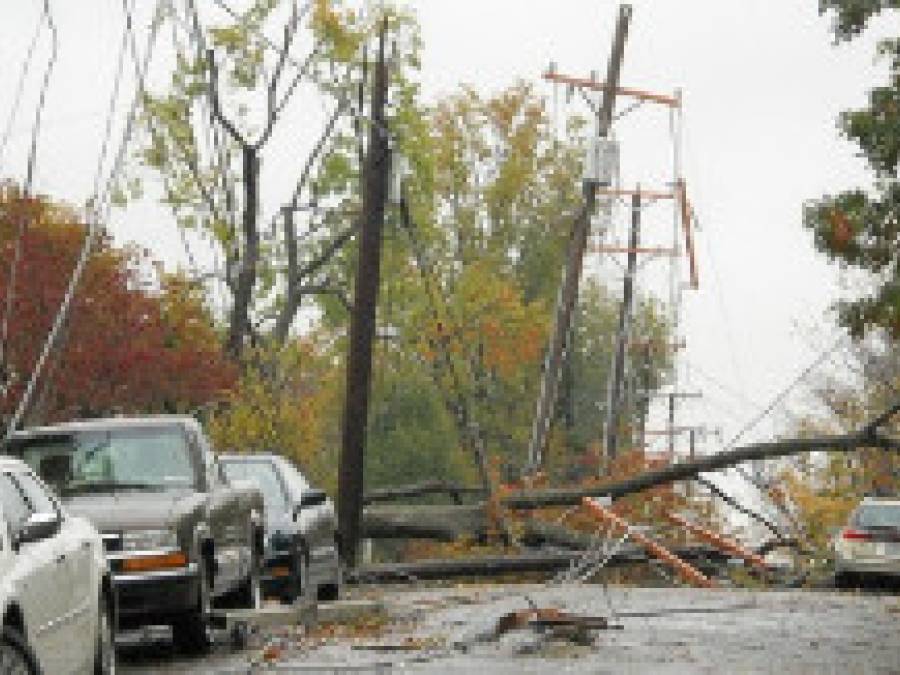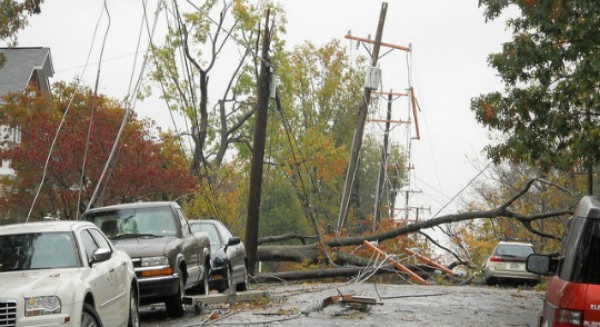Common Dreams - New report from the Department of Energy shows the vulnerability the nation's energy system faces in a warming world. The nation's energy infrastructure is a sitting duck in the face of climate change.
This is according to a report released Thursday from the Department of Energy that looks at how the effects of climate change--from increasing temperatures, decreased water supplies and rising sea levels--threaten the nation's energy network.
U.S. Energy Sector Vulnerabilities to Climate Change and Extreme Weather looks at examples where energy infrastructure has already been impacted by extreme weather events.
In the summer of 2010, for example, two nuclear power plants--Hope Creek in New Jersey and Exelon’s Limerick Generating Station in Pennsylvania--had to reduce power when the cooling waters from rivers was too high. Or take July 2011 when an Exxon pipeline beneath the Yellowstone River was ravaged by flood debris, spewing oil into the river.
And coming temperatures increases, heatwaves, droughts and shrinking water supplies are only set to worsen with runaway greenhouse gases, bringing further threats.
Rather than steering away from water-intensive and water-polluting energy extraction techniques like fracking, the report states that "attendant water demands for their development and production become increasingly important."
"Water is obviously the big question," the Associated Press quotes Jonathan Pershing, deputy assistant secretary of energy for climate change policy and technology, who oversaw the report, as saying. "In drought you don't have enough water. As seas rise, you have too much."
A press release on the report lists more of the upcoming challenges:
- Increased risk of temporary partial or full shutdowns at thermoelectric (coal, natural gas, and nuclear) power plants because of decreased water availability for cooling and higher ambient and air water temperatures. Thermoelectric power plants require water cooling in order to operate. A study of coal plants, for example, found that roughly 60 percent of the current fleet is located in areas of water stress.
- Increasing risks of physical damage to power lines, transformers and electricity distribution systems from hurricanes, storms and wildfires that are growing more intense and more frequent.
- Higher air conditioning costs and risks of blackouts and brownouts in some regions if the capacity of existing power plants does not keep pace with the growth in peak electricity demand due to increasing temperatures and heat waves. An Argonne National Laboratory study found that higher peak electricity demand as a result of climate change related temperature increases will require an additional 34 GW of new power generation capacity in the western United States alone by 2050, costing consumers $45 billion. This is roughly equivalent to more than 100 new power plants, and doesn’t include new power plants that will be needed to accommodate growth in population or other factors.
“We don’t have a robust energy system, and the costs are significant,” the New York Times quotes Pershing as saying. “The cost today is measured in the billions. Over the coming decades, it will be in the trillions. You can’t just put your head in the sand anymore.”
The American Society of Civil Engineers also recently flagged the nation's energy grid and distribution system as being in need of serious investment, giving it a grade of D+ in its 2013 Report Card for America's Infrastructure.
This work is licensed under a Creative Commons Attribution-Share Alike 3.0 License

